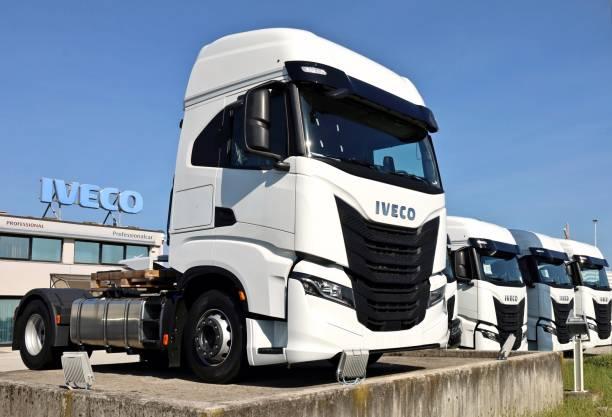Notifications

3 minutes, 50 seconds
-52 Views 0 Comments 0 Likes 0 Reviews

Understanding engine components is essential for anyone involved in the commercial heavy-duty truck industry. Whether you are a truck driver, mechanic, or fleet manager, recognizing key parts of an engine can improve maintenance, troubleshooting, and overall vehicle performance. This beginner’s guide will help you identify the fundamental engine components common in heavy-duty trucks, making your work more efficient and informed.
At its core, an engine consists of several critical parts that work together to generate power and propel the vehicle. The primary engine components include the cylinder block, pistons, crankshaft, and camshaft. The cylinder block serves as the engine’s foundation, housing the cylinders where fuel combustion occurs. Inside these cylinders, pistons move up and down, converting the energy from burning fuel into mechanical motion. The crankshaft then translates this motion into rotational force to drive the wheels. The camshaft controls the timing of the valves, ensuring that the engine breathes properly by opening and closing intake and exhaust valves.
Apart from the core moving parts, the engine components also include the fuel delivery and cooling systems. The fuel system, including fuel injectors and fuel pumps, ensures the engine receives the precise amount of fuel required for combustion. Efficient fuel delivery is crucial for maximizing power and fuel economy in commercial trucks. The cooling system, which comprises the radiator, water pump, and thermostat, prevents the engine from overheating during long hauls and heavy loads. Understanding how these components function together helps maintain engine reliability and longevity, especially under the demanding conditions of commercial trucking.
Proper identification of engine components is vital for diagnosing issues and performing preventive maintenance in commercial trucks. Knowing the parts and their functions allows mechanics and operators to pinpoint problems quickly, reducing downtime and repair costs. For example, recognizing symptoms of piston wear or crankshaft damage can prevent catastrophic engine failure. Additionally, understanding cooling system components helps avoid overheating issues, which are common in heavy-duty truck engines due to prolonged operation at high loads. This knowledge empowers industry professionals to make informed decisions regarding parts replacement and servicing schedules.
For anyone involved with commercial heavy-duty truck parts, mastering the basics of engine components is a fundamental skill. From the engine block and pistons to the fuel system and cooling components, each part plays a crucial role in vehicle performance. By developing a clear understanding of these components, professionals in the trucking industry can enhance maintenance accuracy, boost engine efficiency, and extend the lifespan of their trucks. This beginner’s guide is just the first step toward building confidence and expertise in identifying and working with engine components.

